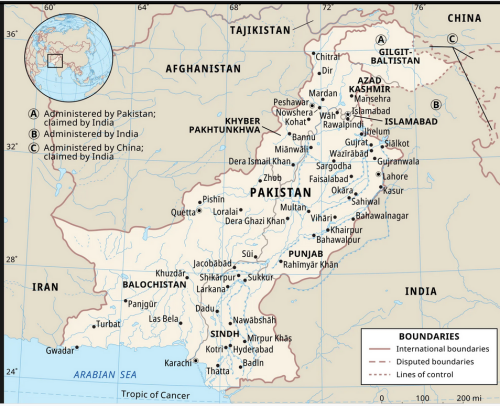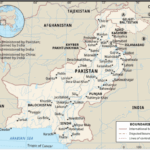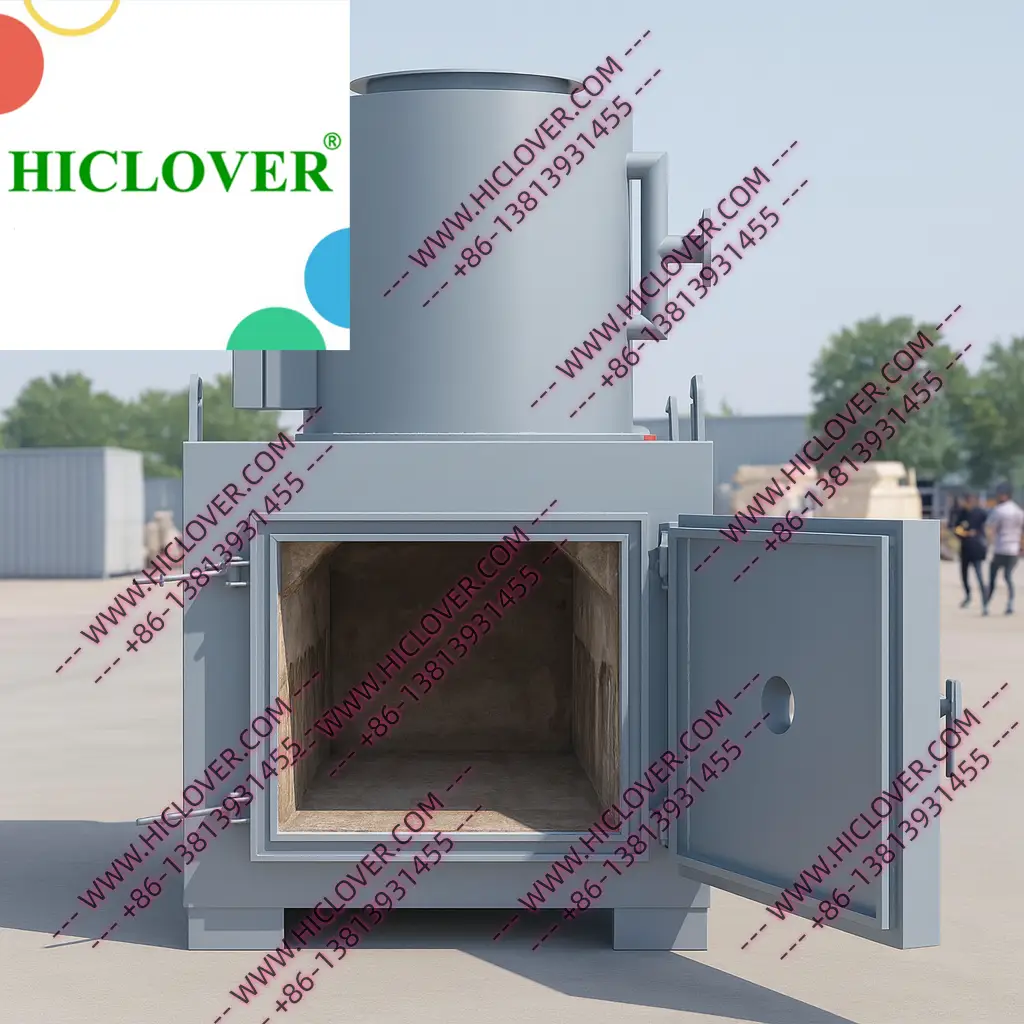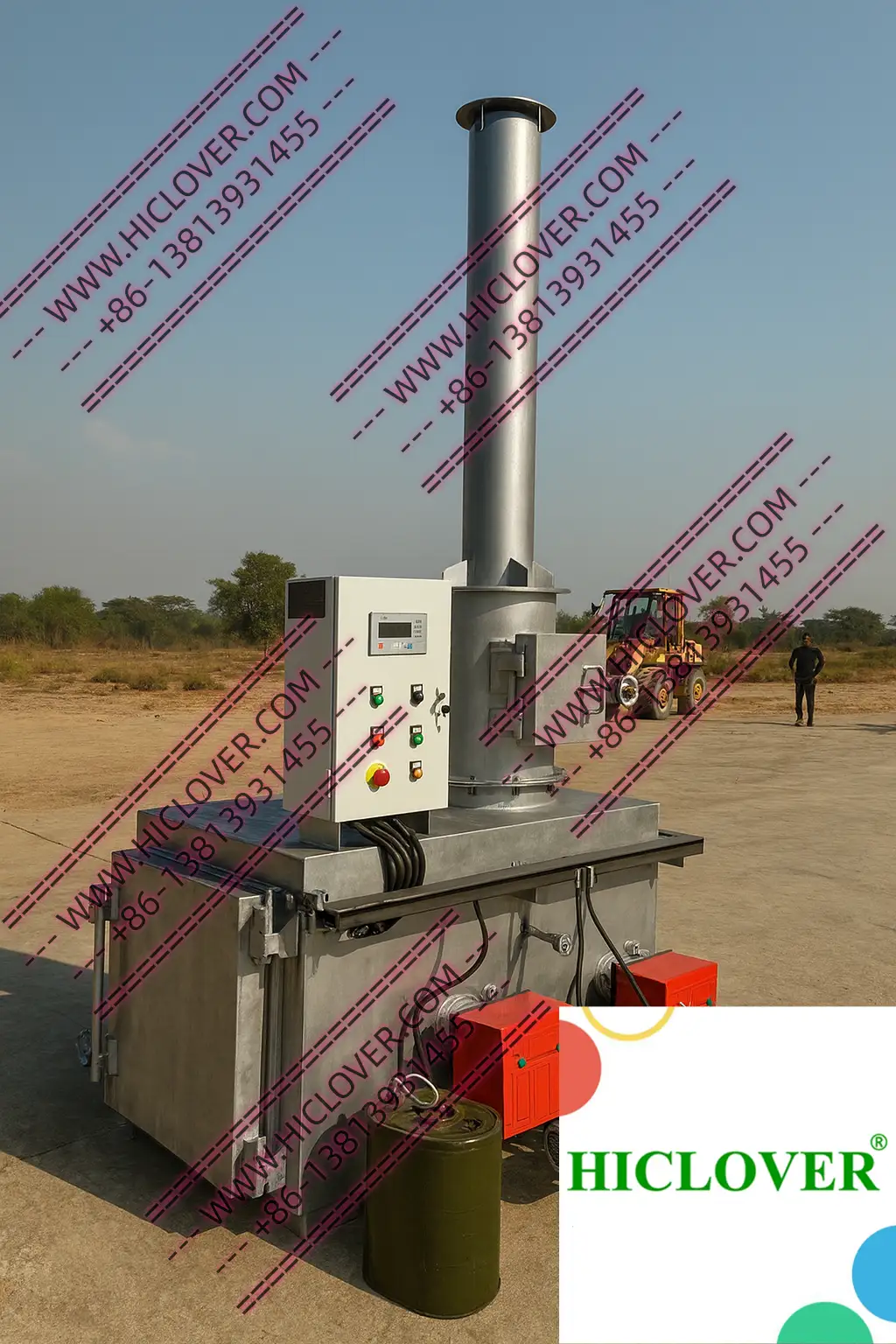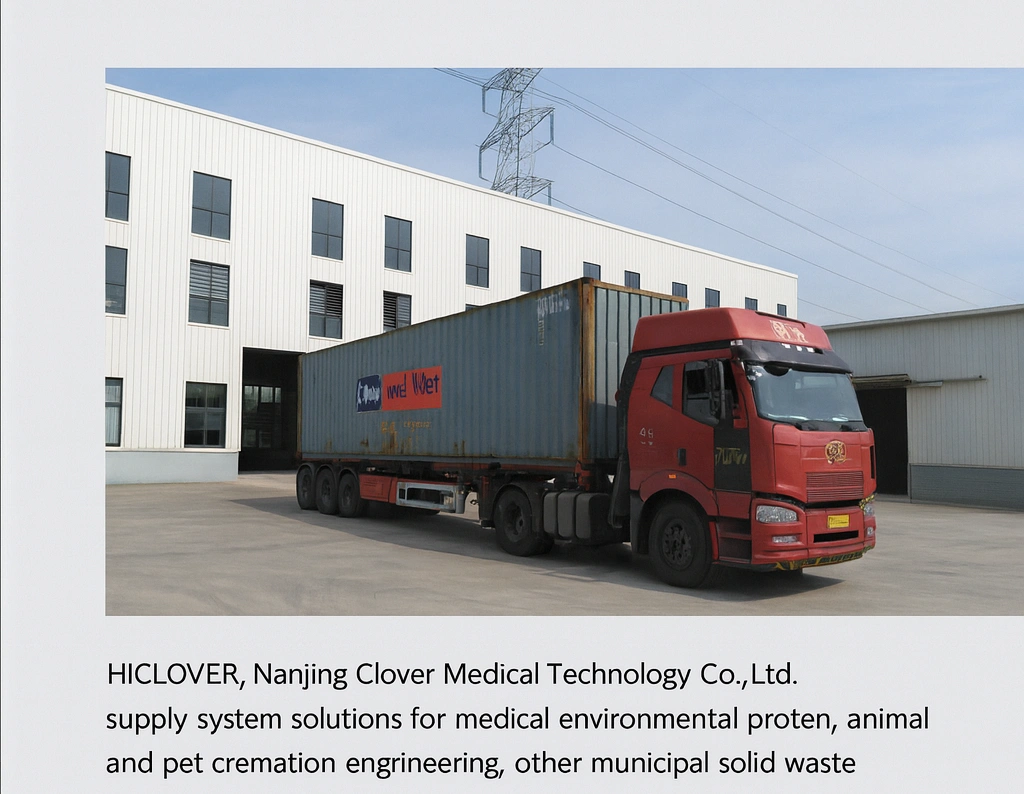Medical Waste Incineration in Pakistan: Market Demand, Current Use, and Technical Trends
Current Market Situation
Pakistan, with over 240 million people and a large network of public and private hospitals, laboratories, and clinics, faces a growing challenge in safely managing infectious medical waste.
According to the Pakistan medical HICLOVER Agency (Pak-EPA) and the Hospital Waste Management Rules (2005), hospitals are legally required to segregate, treat, and dispose of hazardous waste properly. Despite this, field reports and NGO assessments highlight that:
-
Many hospitals lack compliant incinerators, especially in rural and district-level facilities.
-
Where incinerators do exist, many are outdated single-chamber units or brick-built models with limited temperature control.
Recent Public Tenders and Projects
In recent years, multiple provincial health departments and donor-funded projects have issued tenders and public procurement notices to modernize healthcare waste management:
-
Punjab Health Department (2022C2023): invited bids for dual-chamber, natural gas-fired incinerators of 100 kg/hour and 200 kg/hour capacity for major teaching hospitals, including those in Lahore and Multan.
-
Sindh Government (Karachi): funded new incineration facilities at major hospitals and a central waste treatment site designed to serve multiple smaller hospitals.
-
Khyber Pakhtunkhwa (Peshawar region): planned installation of small natural gas incinerators in district hospitals to handle sharps, laboratory waste, and pathological waste.
-
Islamabad Capital Territory (ICT): recent news reports confirm the installation of new dual-chamber gas-fired incinerators in government hospitals like Pakistan Institute of Medical Sciences (PIMS).
These projects reflect both donor funding (e.g., Asian Development Bank health programs) and direct provincial government budgets.
Technical Preferences and Requirements
A clear trend has emerged in Pakistan’s market towards:
-
Natural gas-fired incinerators: driven by the widespread availability of piped gas in major cities and cost-effectiveness compared to diesel.
-
Dual-chamber designs: with a secondary combustion chamber maintaining ≥850°C to comply with WHO guidelines.
-
Capacity range: demand covers both:
-
Small units (20C50 kg/hour) for district hospitals and laboratory clusters.
-
Medium units (100C200 kg/hour) for teaching and tertiary hospitals.
-
Additional technical requirements frequently specified in tender documents:
-
Automated burners (Italy or equivalent).
-
PLC-based control panels for temperature regulation and real-time monitoring.
-
Chimneys of ≥10C12 meters for safe emissions dispersion.
-
Optional wet scrubber or filter systems to limit particulate and acidic gas emissions.
Market Drivers
-
Regulatory pressure: enforcement of the Hospital Waste Management Rules and updated Punjab medical Quality Standards (PEQS) for emissions.
-
Public health awareness: amplified after COVID-19, with increased volume of PPE and infectious waste.
-
Donor-funded programs: particularly those tied to maternal health, vaccination, and emergency preparedness.
-
Urbanization: large hospitals in Karachi, Lahore, and Islamabad handling growing patient numbers, thus generating more hazardous waste.
Examples of Facilities Using or Procuring Modern Incinerators
-
PIMS Islamabad: installed a modern gas-fired dual-chamber incinerator to handle waste from multiple wings.
-
Jinnah Hospital Karachi and Civil Hospital Karachi: included in Sindh Government’s program to modernize waste treatment.
-
Mayo Hospital Lahore: part of Punjab Health Department’s plan to replace older incinerators with high-efficiency gas-fired models.
-
In rural areas, some small private hospitals have purchased containerized gas incinerators, including imported models from China and Europe.
medical and Operational Considerations
Pakistan’s preference for natural gas incinerators offers:
-
Lower operational costs where piped gas is available.
-
More stable combustion and fewer particulates compared to diesel units.
-
Compliance with WHO recommendations for controlled combustion.
However, challenges remain:
-
Many smaller clinics still dump waste at municipal sites or rely on small-scale burning.
-
Need for operator training and maintenance services to keep modern incinerators running efficiently.
Pakistan’s healthcare system shows a clear and growing demand for natural gas-fired, dual-chamber medical waste incinerators, driven by regulatory standards, urban hospital expansion, and international support.
For suppliers and manufacturers―like HICLOVER―this presents opportunities to offer:
-
Containerized and fixed gas-fired incinerators.
-
PLC-controlled systems with compliance to PEQS and WHO standards.
-
Service support and training, particularly for provincial health departments rolling out district-level waste treatment.
For detailed technical proposals or case studies relevant to Pakistan’s health sector, visit:
www.hiclover.com
or contact: [email protected]
